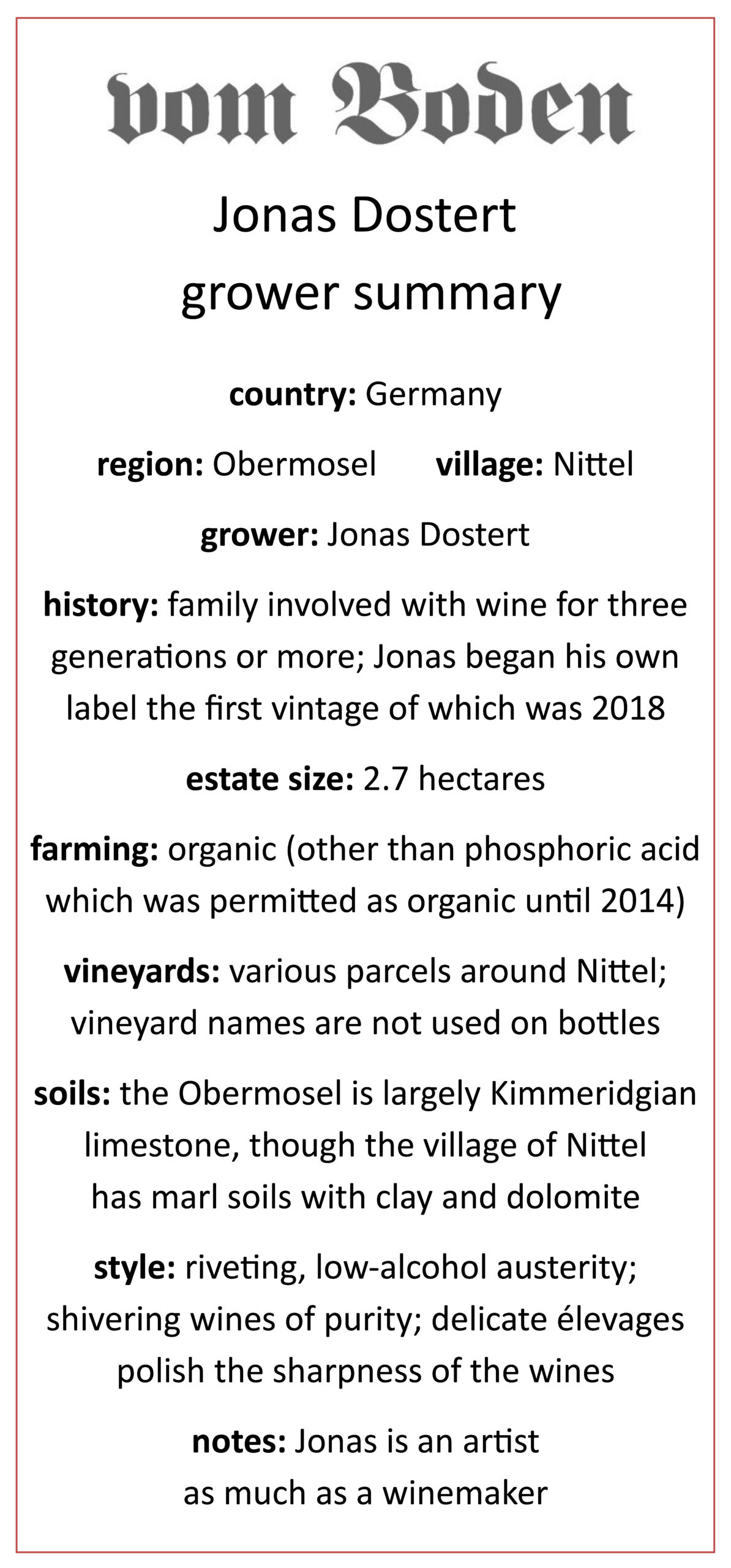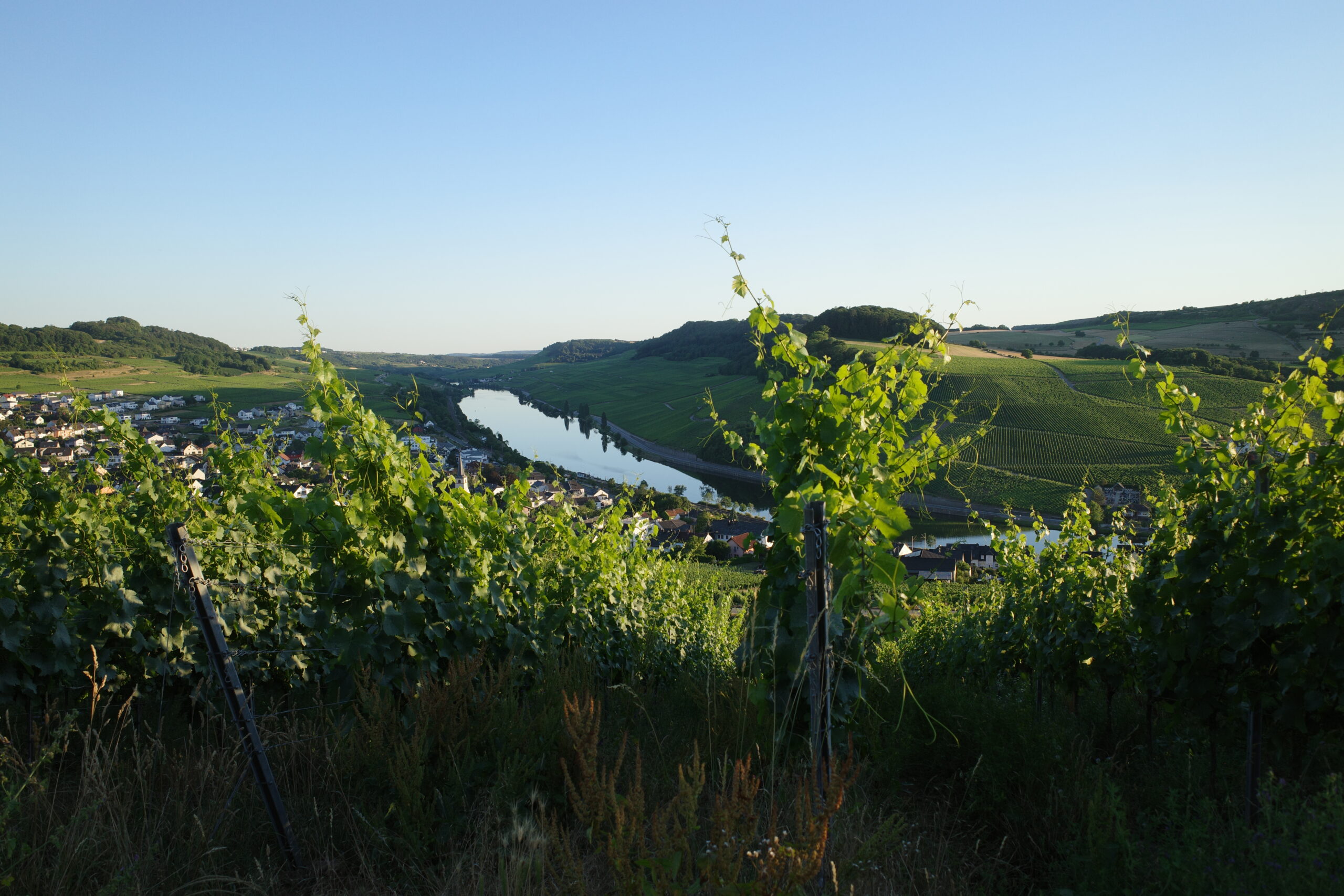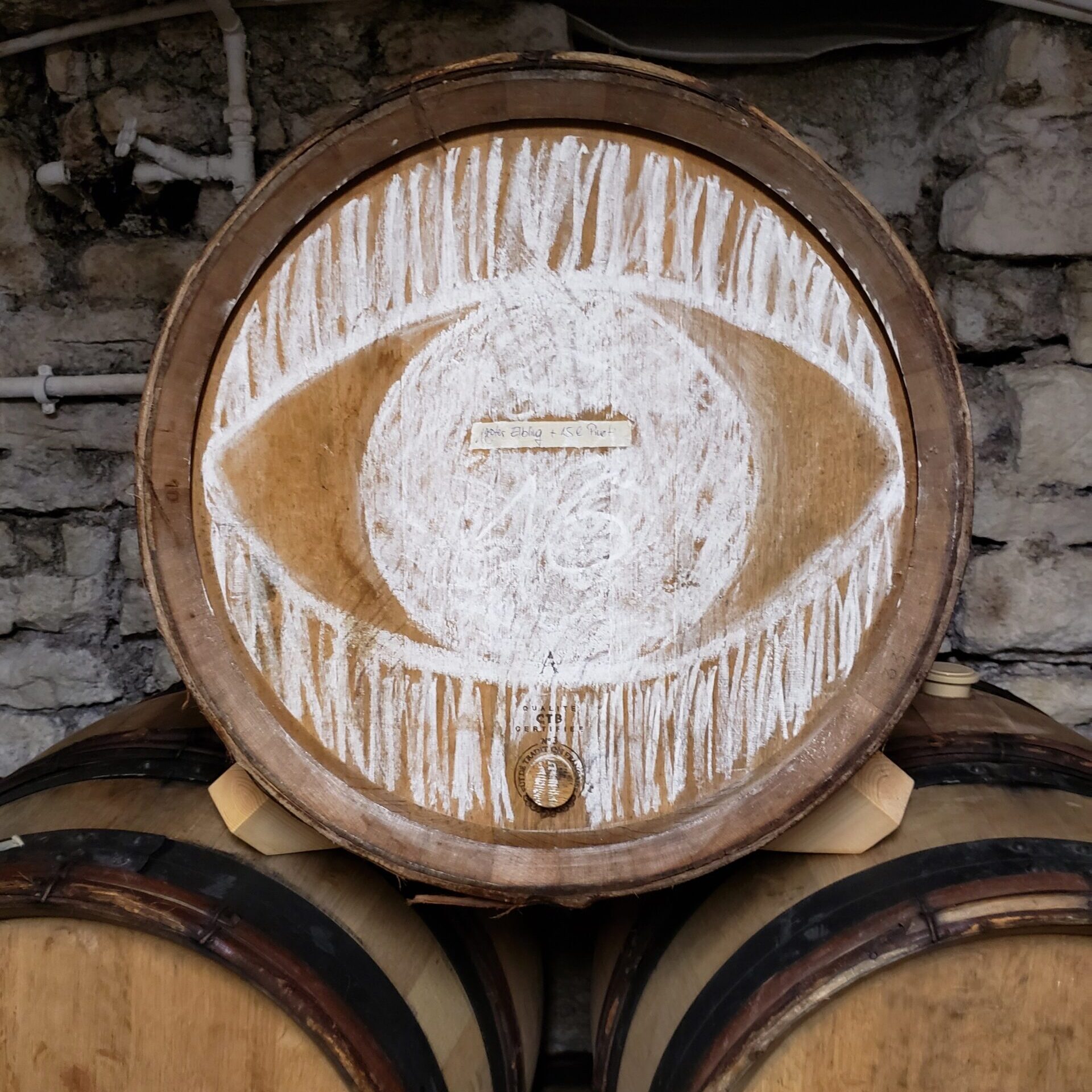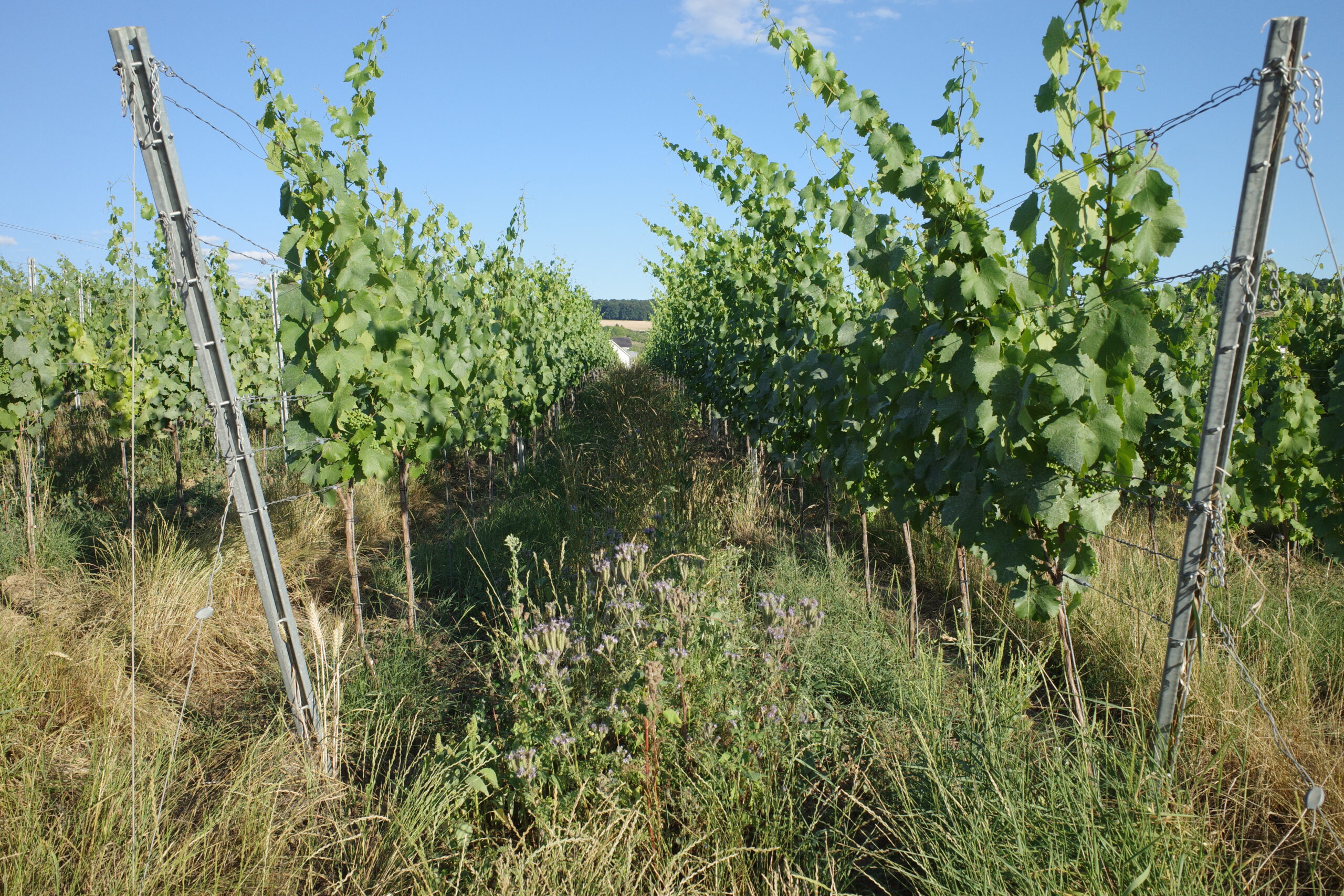Coming of age in the Obermosel.
I’m not 100% sure where or how to begin this piece, to be honest. There isn’t an easy hook line, at least as far as I can tell.
And I guess this is appropriate. Jonas Dostert is, after all, very young. This story hasn’t been written; in fact it’s barely begun. But more than this, Jonas is trying to forge a new path, a very personal path, in a place that has been all but erased from the narrative of German wine.
I will say this, and I do not write this lightly: For me what he is doing is one of the most exciting and provocative developments in German wine in many years. The feeling I have when I taste these wines is something akin to my feeling in 2009, first tasting the wines of Lauer: some combination of confusion, wonder, awe.
 This is not to say the wines of Dostert are similar to the wines of Lauer. They are not, at all. But in 2009, for me at least in the U.S., the concept of a “great” dry wine from the Saar seemed a shade preposterous (remember this was the land of Egon and Zilliken before it was the land of Falkenstein and Lauer). Lauer’s curious natural fermentations and the idea of a “natural” balance, although now copied up and down the Mosel and throughout Germany, was at the time still a bit of a slap upside the head. I had simply never tasted anything like Lauer’s wines before.
This is not to say the wines of Dostert are similar to the wines of Lauer. They are not, at all. But in 2009, for me at least in the U.S., the concept of a “great” dry wine from the Saar seemed a shade preposterous (remember this was the land of Egon and Zilliken before it was the land of Falkenstein and Lauer). Lauer’s curious natural fermentations and the idea of a “natural” balance, although now copied up and down the Mosel and throughout Germany, was at the time still a bit of a slap upside the head. I had simply never tasted anything like Lauer’s wines before.
And this is the similarity with Dostert’s wines: they also seem to me to be in a completely new, uncharted place.
They represent an incredibly beautiful and authentic bridge from the Saar to Burgundy. From the Saar, they get their rawness. The great mid-twentieth century importer Frank Schoonmaker famously described Saar wines as “indescribable: austerity coupled with delicacy and extreme finesse… an attractive hardness.” Dostert’s wines flaunt these traits. To be honest, I imagine for many of you these wines will be too much – too raw, too compact, too bracing. Drinking directly from a mountain stream is thrilling, but it might hurt too. Things so essential, so distilled, are simply not for everyone.
The last time my teeth throbbed as much as they did after tasting Dostert’s 2019 collection was after tasting with Erich Weber at Hofgut Falkenstein in maybe 2008. (Fans of the wines of Stefan Vetter or de Moor will likely be drawn to these wines. They suggest to me what a great Chablis from Raveneau or Dauvissat from a solid but not too-ripe vintage in the 1980s might have tasted like on release: primal, stony, raw, essential.)
From the experience and practices of Burgundy the wines receive a most sensitive and delicate élevage. It is subtle, to be sure, but the use of neutral barrels on these wines, the gentle oxidation, is simply masterful. If you know the great canvases of the artist Agnes Martin you know the extreme simplicity of her practice. Yet it is exactly this simplicity that makes the pieces so compelling: if there is even the slightest mistake, it feels shocking. As many artists and poets know, the simple things are often the most frustrating, existing seemingly just beyond reach.
The blend of this raw essential quality, with a tapered finesse reminiscent of Burgundy, I find just heartbreaking.
It’s both trite and yes, instructive, I think, to point out that Dostert did spend some time in Burgundy, mostly in the cellars of Leflaive working with the barrels (indeed this is where he gets most of his barrels). It’s trite because pointing out something like this seems to imply a very simplistic recipe: “Go to Burgundy, work with Leflaive for a few months and voilà you can make Leflaive!” Clearly this idea is inane and insulting. These wines have little to no obvious relationship with Leflaive’s wines.
But pointing out this Burgundian perspective is instructive, I think, because as Dostert has told me over and over again, growing up in the Obermosel was/is a confusing affair. It is essentially a forgotten, ignored place, seemingly without a present moment or a history. At Geisenheim, Dostert said, “there were no books about the Obermosel, no one talked about it.”
While the Obermosel has perhaps more to do with the Saar than the Mosel, there is no way a culture of fine wine in the Obermosel can look to the Saar, or the Mosel. The Saar and the Mosel are lands of slate; both are a temple to Riesling. This place, the Obermosel, may only be a 20-minute drive from Lauer, yet it is a different universe.
Dostert obviously recognizes this, senses this.
And this is where the very personal, singular journey of Jonas Dostert begins.
I have already written exactly 10.2 words for every case of 2019 wine we brought into the U.S.; he is currently only farming 2.7 hectares so quantities are very limited. But still, a few notes on Dostert’s general philosophies are warranted. More on each wine may be found in the inventory section, see the link above. Dostert is committed to organic viticulture, yet he does use phosphoric acid against mildew. This natural anti-fungal was allowed under organic farming until 2014; some say it is being reconsidered and will be allowed back in. While Dostert has practiced and tried a lot of the tenants of biodynamic farming, he is intrigued but perhaps less convinced.
In general, Dostert picks earlier, presses directly and then puts the wines directly into barrel for what is a very considered élevage. The wines are bottled only when Dostert feels they are ready, without filtering and minimal use of sulfur.
All of these practices align Dostert up very closely with Stefan Vetter, in Franconia. Closer by, Philip Lardot is working with very similar philosophies in the Mosel.
Yet the Obermosel is a singular place. The deep, deep potential here is obvious to anyone who can stand still long enough to really look at the place. I do not know exactly what the promise of this very special place holds, though I am fairly confident that Jonas Dostert will prove to be one of the more important voices in articulating this greatness.







